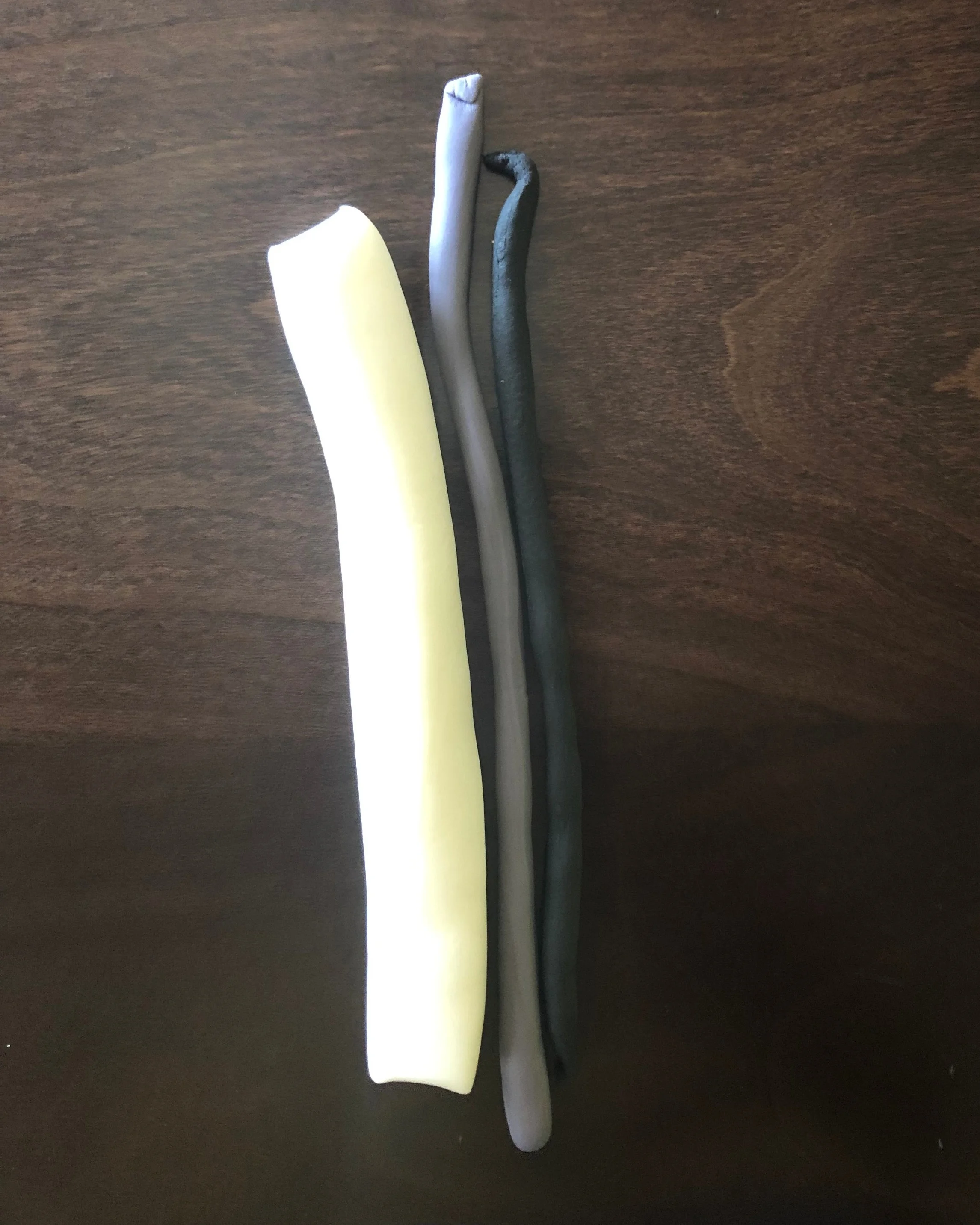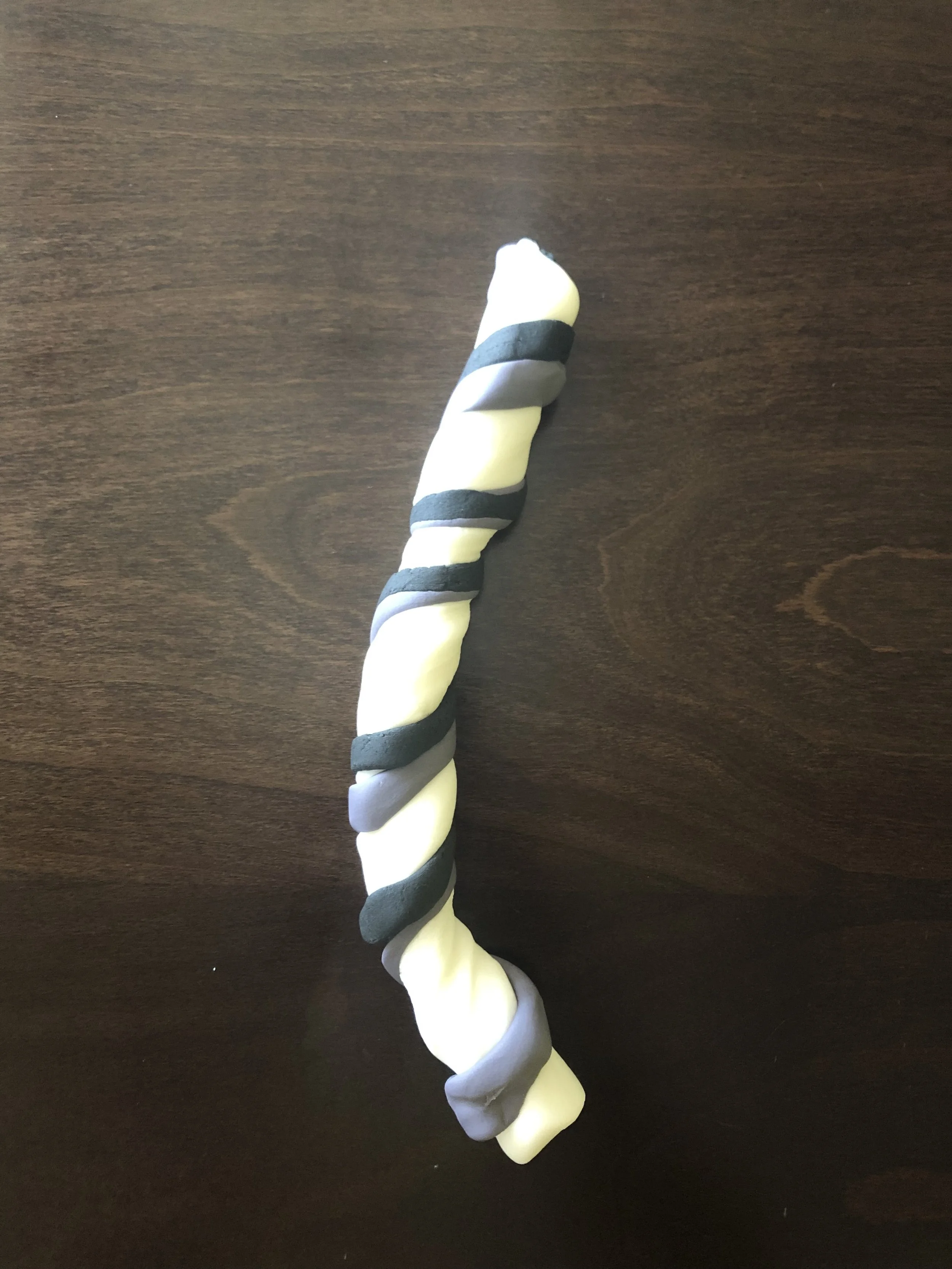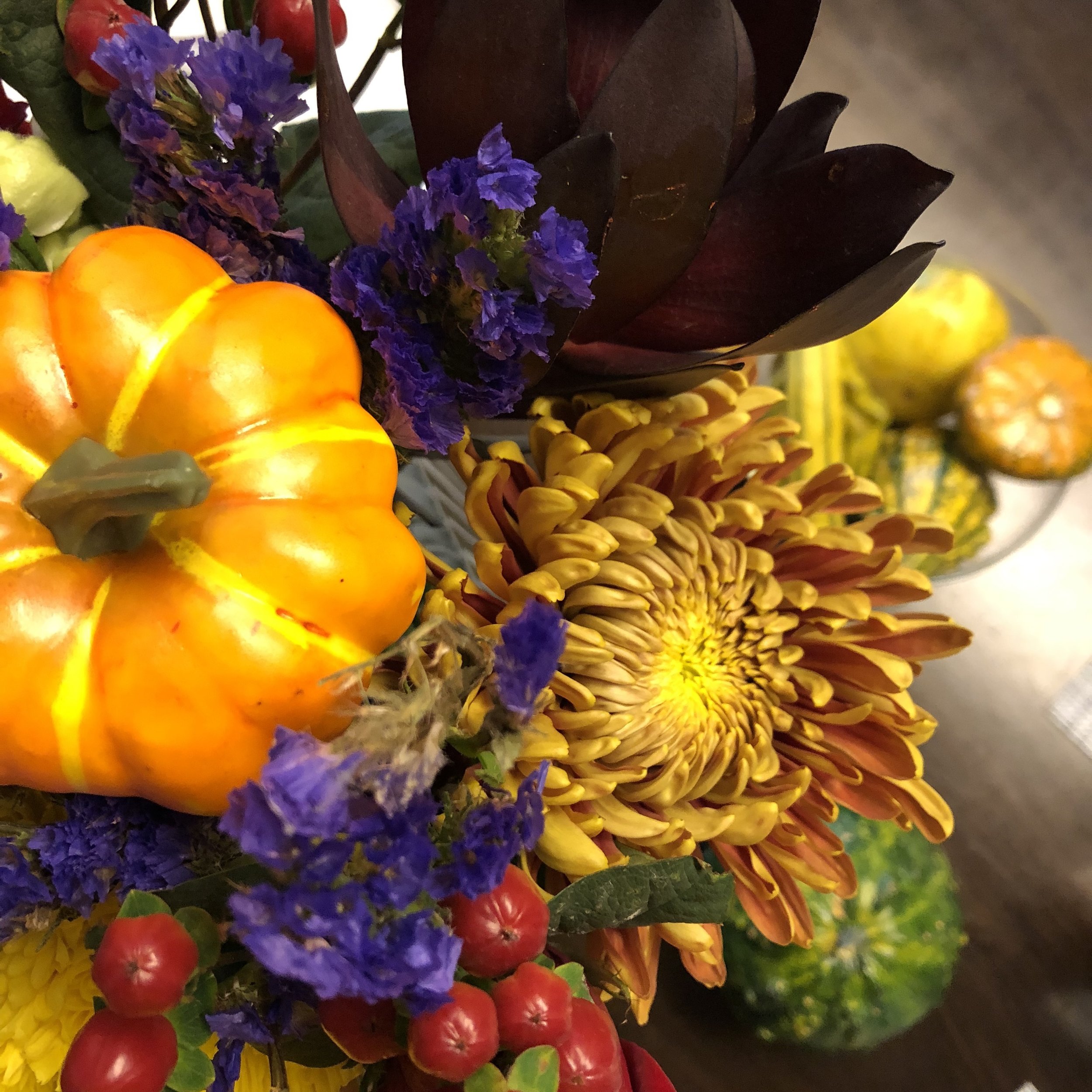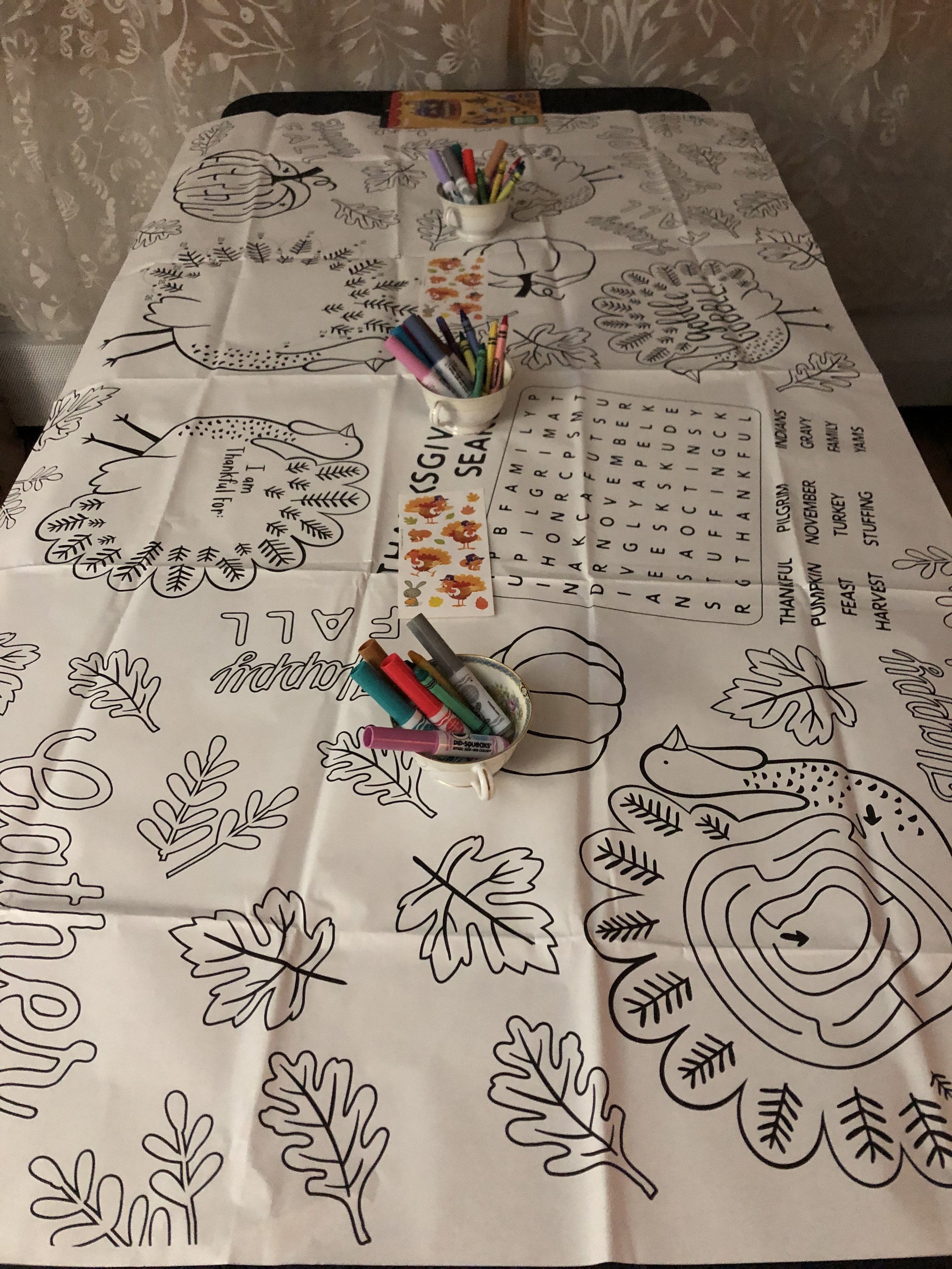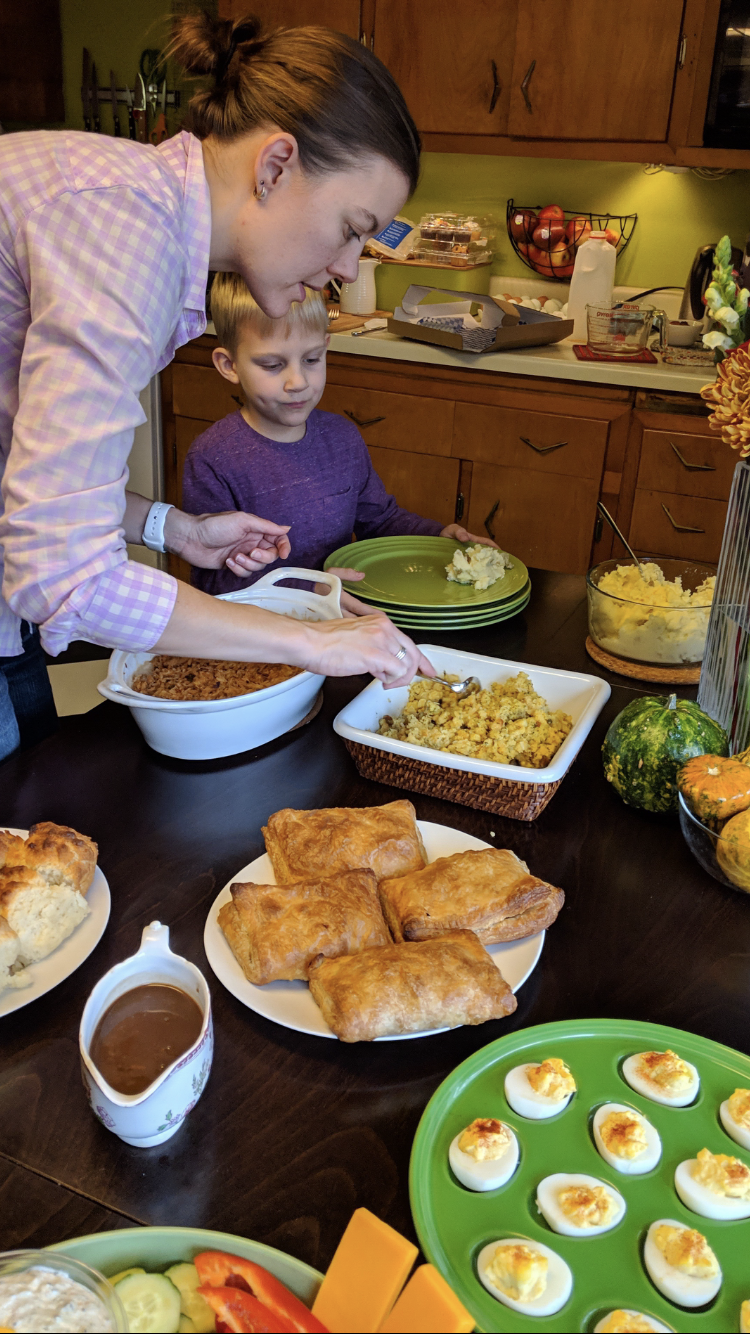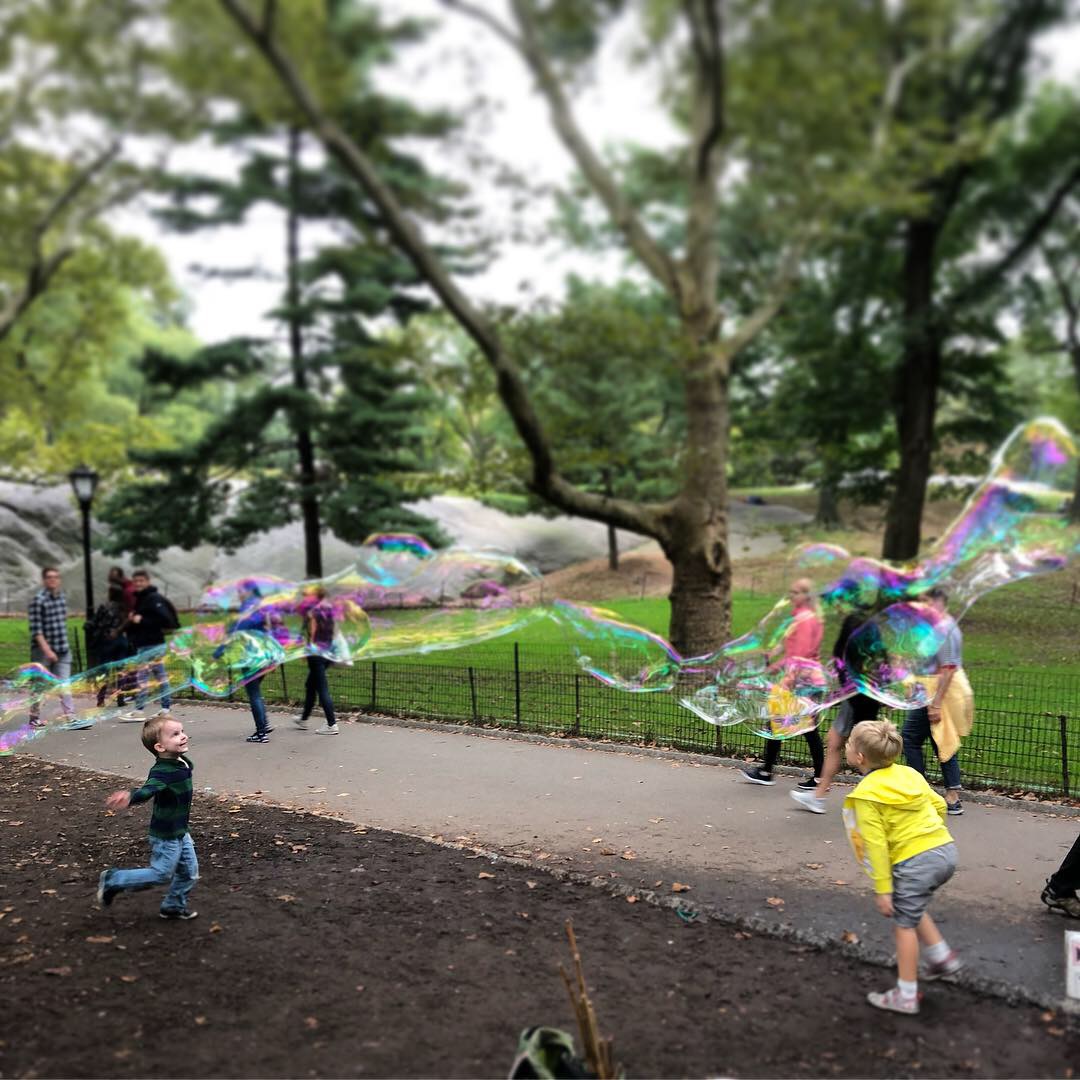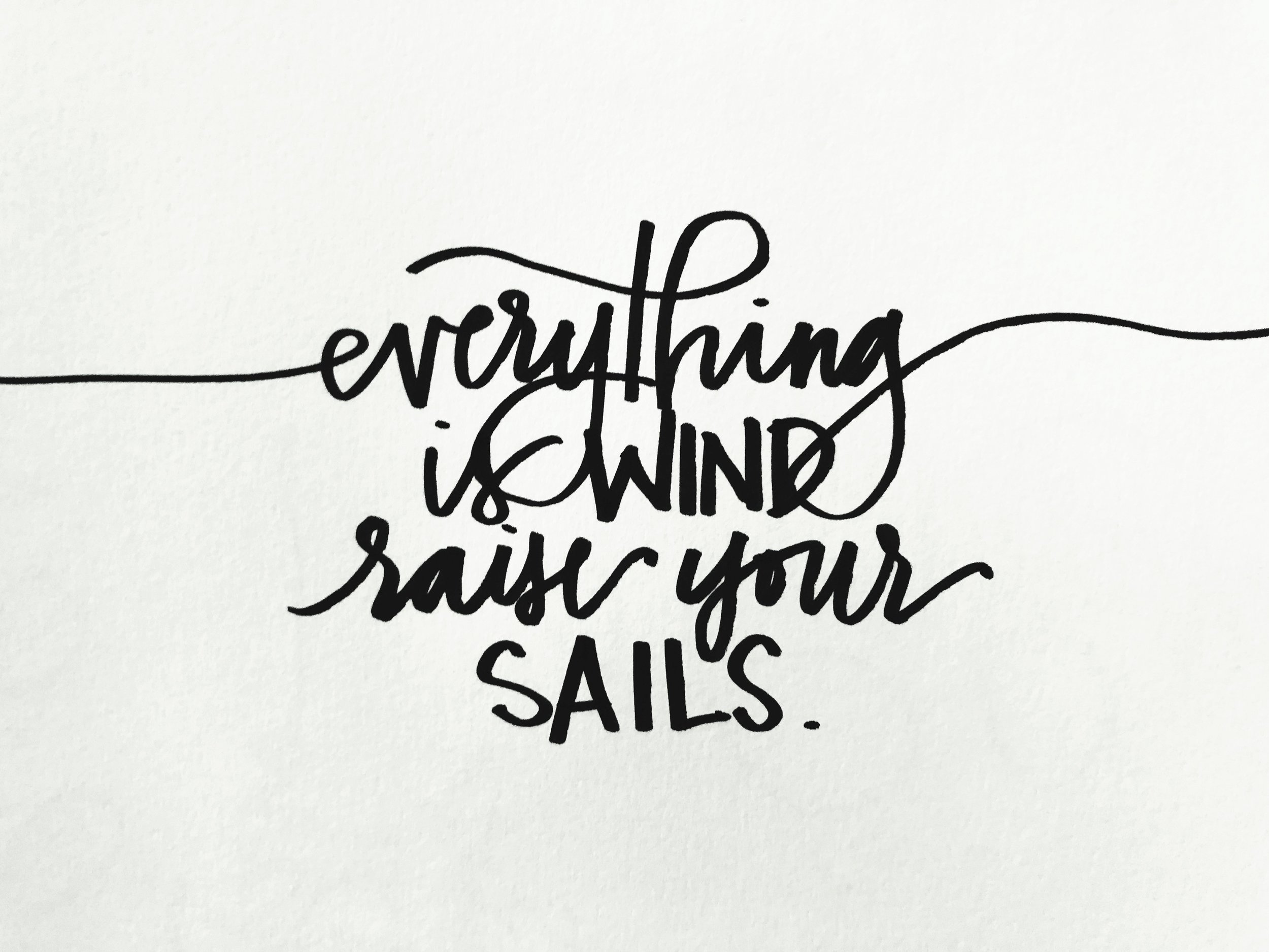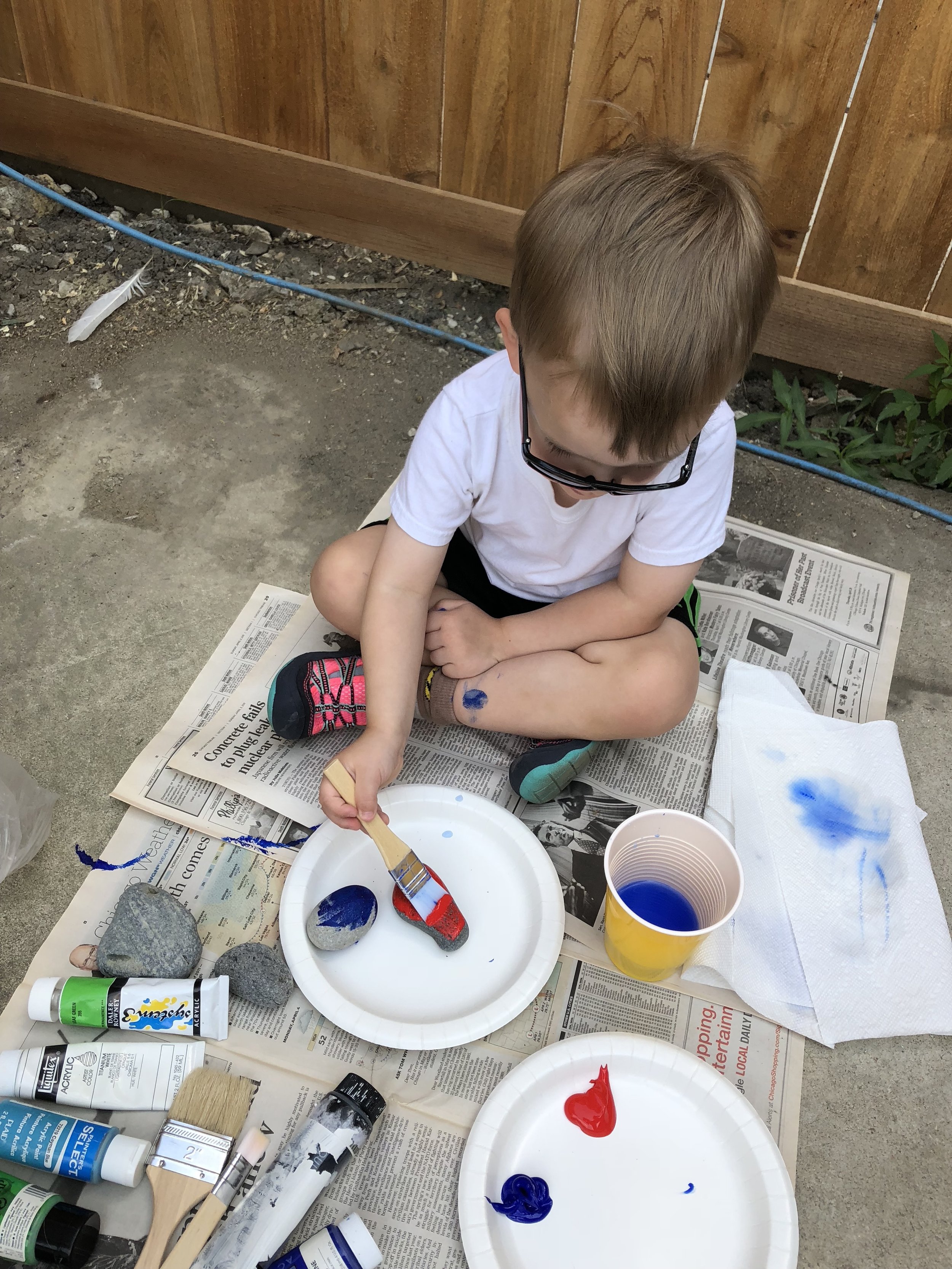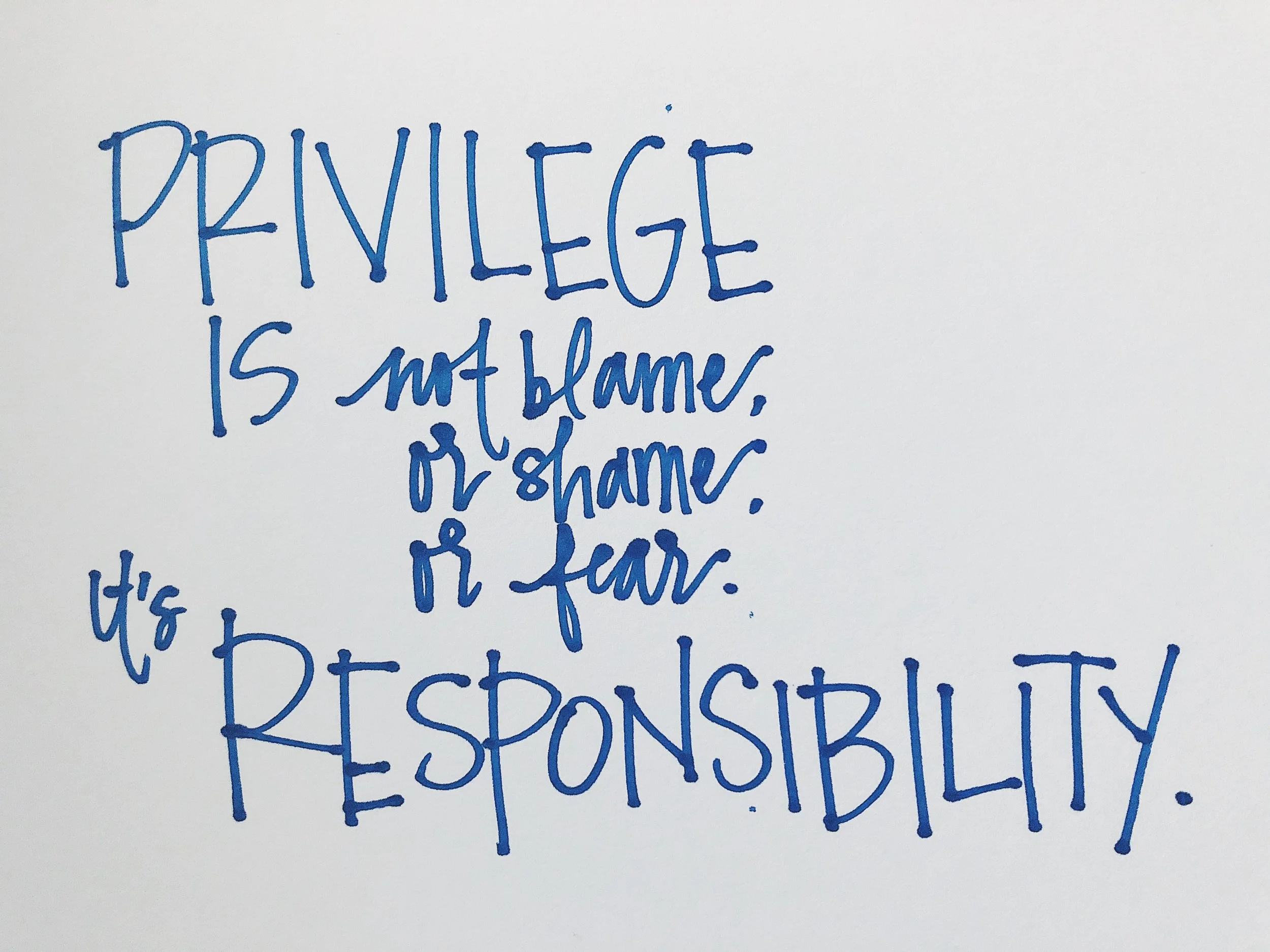I took a day off this past week to get ready for my son's seventh birthday (wrapping gifts, baking a cake, etc.) Since I had the time and no kids underfoot, I decided to do a bit more involved baking for friends and coworkers.
I've rarely met a cookie I didn't like. But lately I've been following some very talented bakers on Instagram whose creations are real works of art. I was hoping to marry a good tasting cookie with a good looking cookie that not everyone has seen before. Enter: marbelized icing on shortbread.
I found this idea through A Beautiful Mess, and made a few tweaks to work better for me. I started with Martha Stewart's shortbread cookie. (I also made a dozen vegan ones for those with dairy allergies.)
I used a plastic cookie cutter, but if I do it again will upgrade to these metal ones. Shortbread wants crisp edges (and so does this icing).
The top is fondant (which is also dairy free) and is made by mixing colors. I was hoping to find gray premade but couldn't, so ended up kneading together white and black for gray. Note: black fondant has a dark violet base, so when mixed skews a bit purple. My tip here is to use much more white than you'd imagine you would need.
Rolling the fondant into logs, twisting, folding back on itself, twisting more, and then rolling takes a bit of practice to get perfect (or am I just that picky?) But once you have it, the results are amazing.
These traveled well, all the way to NYC, and my coworkers loved them. I think they'd be good to mail as well - though you definitely want to priority mail them so the fondant doesn't get stale.
As far as elaborate holiday cookies go, these are a clear winner!


